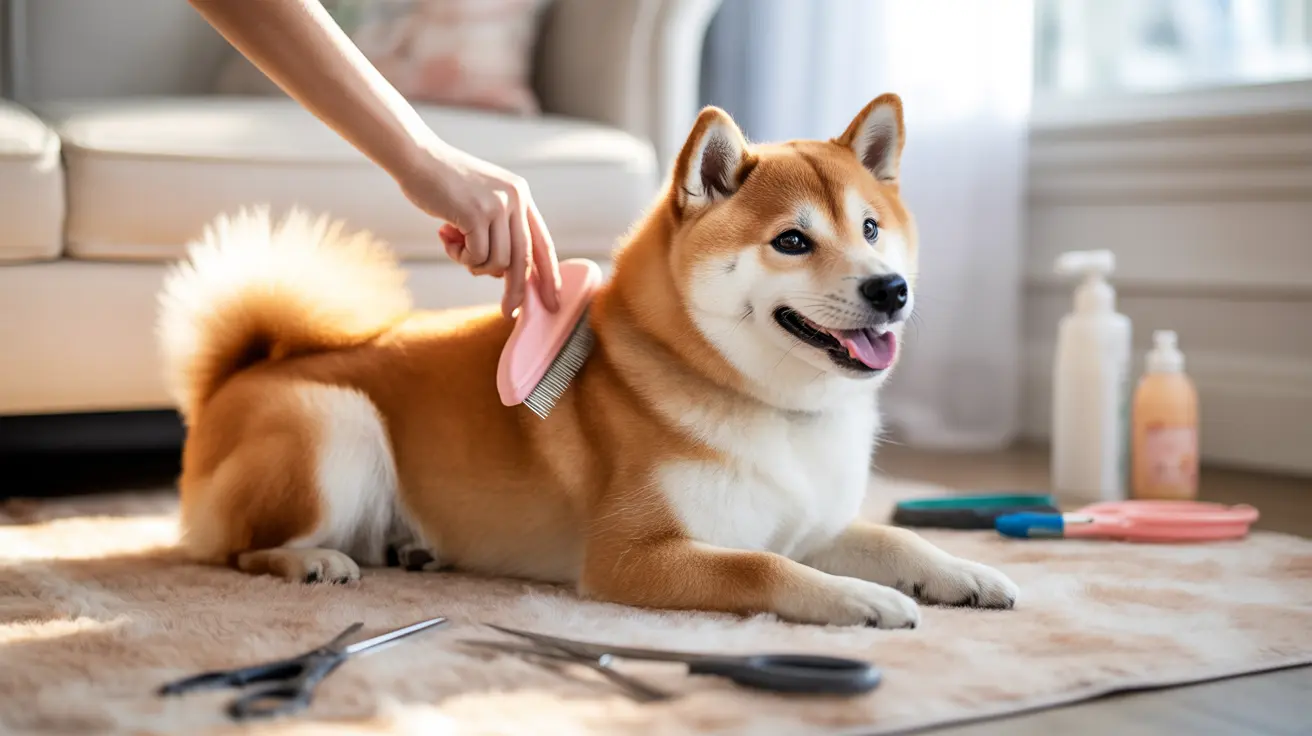If you're considering adding a Basset Hound to your family, understanding their shedding habits is crucial for proper care and maintenance. These lovable, low-riding dogs are known for their distinctive appearance and friendly personalities, but their grooming needs often raise questions among potential owners.
While Basset Hounds aren't among the heaviest shedders in the canine world, they do shed moderately throughout the year, with noticeable increases during seasonal changes. Let's explore everything you need to know about Basset Hound shedding and how to manage it effectively.
Understanding Basset Hound Shedding Patterns
Basset Hounds have a short, dense double coat that sheds year-round. Their shedding intensity peaks twice annually, typically during spring and fall, when they "blow" their coats to adapt to temperature changes. This natural process helps them maintain comfortable body temperature throughout changing seasons.
During these seasonal transitions, you'll notice a significant increase in loose fur as your Basset Hound sheds their undercoat. Spring usually brings the heaviest shedding as they lose their thick winter coat, while fall shedding prepares them for growing a warmer winter coat.
Essential Grooming Tools and Techniques
Managing your Basset Hound's shedding starts with the right grooming tools and routine. Here's what you'll need:
- A rubber grooming mitt for regular maintenance
- A slicker brush for removing loose fur
- An undercoat rake for seasonal shedding periods
- Dog-specific shampoo for monthly baths
Establish a regular brushing schedule of 2-3 times per week, increasing to daily during heavy shedding seasons. This consistent grooming routine helps distribute natural oils throughout the coat while removing loose fur before it ends up on your furniture.
Factors That Influence Shedding
Diet and Nutrition
A balanced diet rich in essential nutrients plays a crucial role in maintaining healthy skin and coat. Poor nutrition can lead to excessive shedding and other coat problems. Consider feeding your Basset Hound high-quality dog food with adequate protein and healthy fats, including omega-3 and omega-6 fatty acids.
Health and Environmental Factors
Several factors can affect your Basset Hound's shedding patterns:
- Stress and anxiety
- Hormonal changes
- Skin infections or parasites
- Environmental allergens
- Indoor temperature fluctuations
Managing Shedding in Your Home
Keep your living space clean and fur-free with these practical tips:
- Vacuum frequently, especially during heavy shedding seasons
- Use washable slip covers on furniture
- Keep air filters clean to reduce airborne fur and dander
- Consider using a robot vacuum for daily maintenance
- Place mats near doors to catch excess fur from your dog's paws
When to Consult a Veterinarian
While shedding is normal, certain signs warrant veterinary attention:
- Excessive or sudden increase in shedding
- Bald patches or thinning coat
- Red, irritated, or flaky skin
- Constant scratching or biting at the skin
- Visible skin infections or rashes
Frequently Asked Questions
How much do Basset Hounds shed throughout the year and during seasonal changes?
Basset Hounds shed moderately year-round with increased shedding during spring and fall. These seasonal changes, known as "blowing coat," can last 2-3 weeks and require more frequent grooming to manage effectively.
What are the best brushing techniques and tools to manage Basset Hound shedding effectively?
Use a combination of a rubber mitt, slicker brush, and undercoat rake. Brush in the direction of hair growth, paying special attention to the belly, chest, and behind the ears. Brush 2-3 times weekly, increasing to daily during shedding seasons.
Can diet or health problems cause excessive shedding in Basset Hounds, and when should I see a vet?
Yes, poor nutrition, stress, hormonal issues, and health problems can cause excessive shedding. Consult a vet if you notice sudden changes in shedding patterns, bald spots, skin irritation, or if your dog seems uncomfortable.
How often should I bathe my Basset Hound to maintain their coat and reduce shedding?
Bathe your Basset Hound every 4-6 weeks using a dog-specific shampoo. Over-bathing can strip natural oils and increase shedding, while under-bathing can lead to oil buildup and skin problems.
What home cleaning tips help control Basset Hound fur and dander during heavy shedding seasons?
Regular vacuuming, using washable furniture covers, maintaining clean air filters, and establishing a consistent grooming routine are effective ways to control fur and dander in your home during heavy shedding periods.






